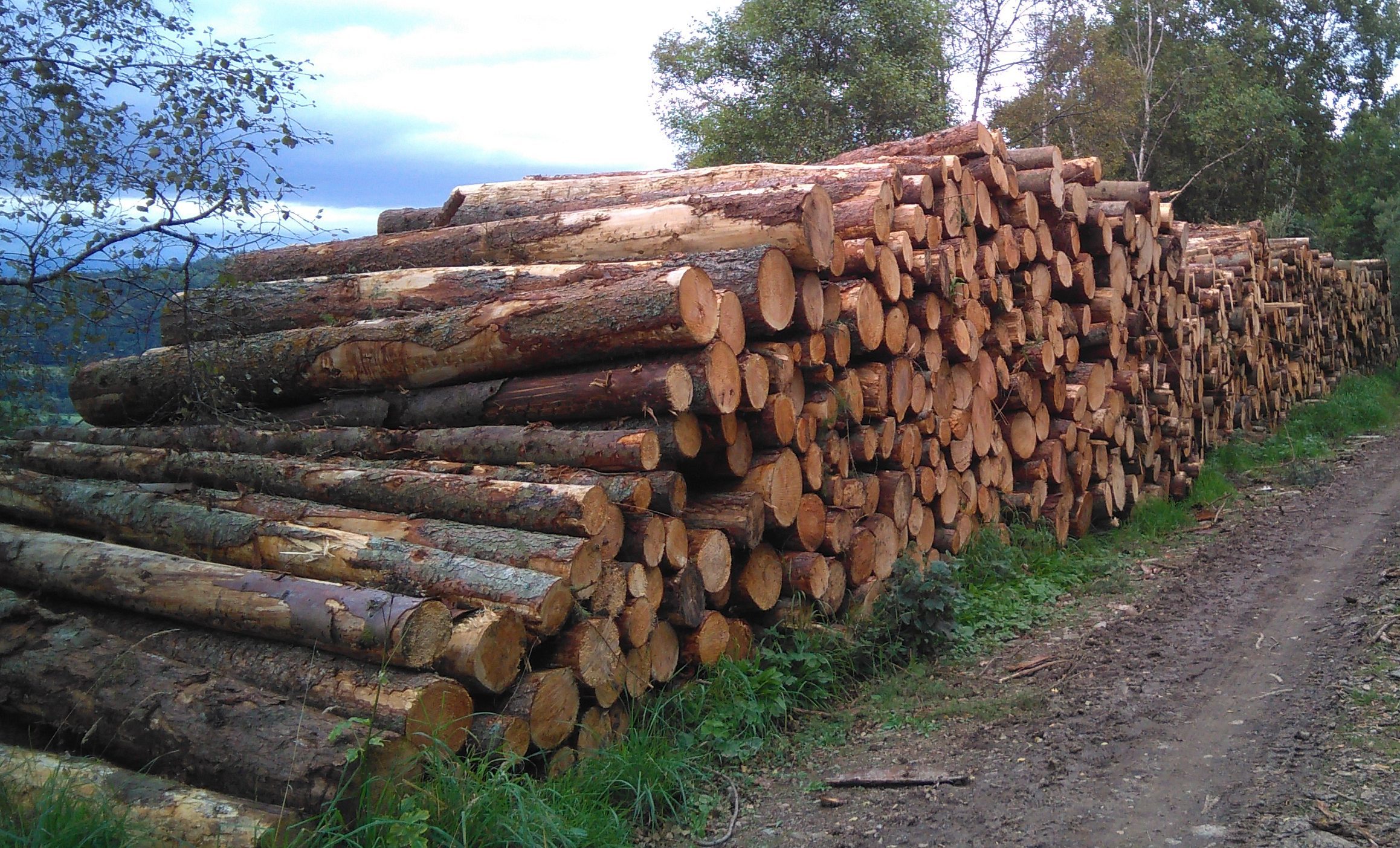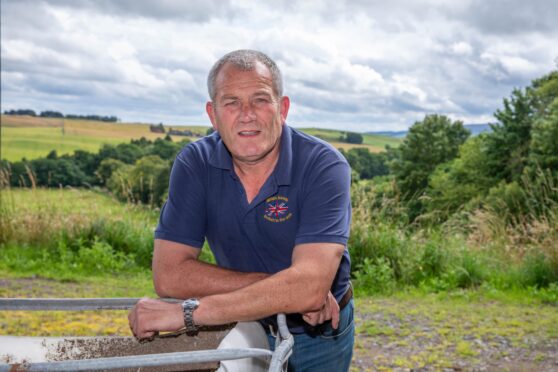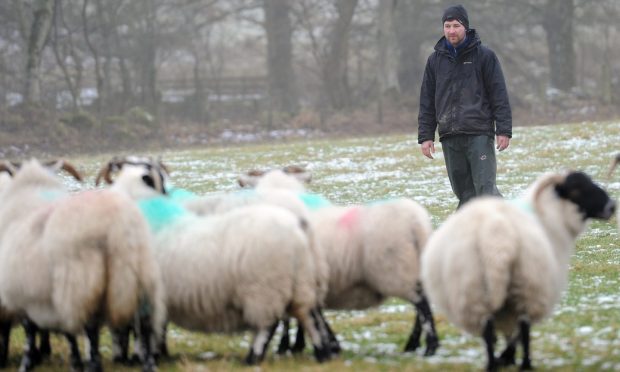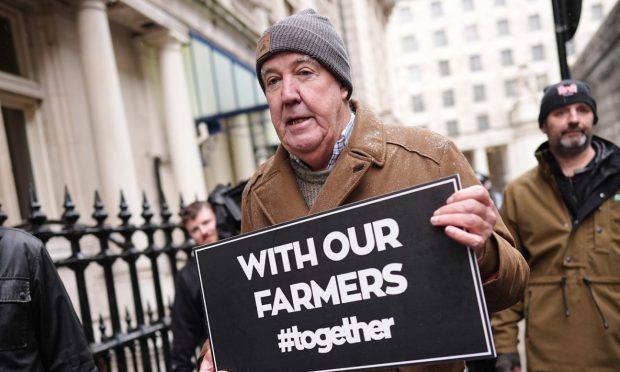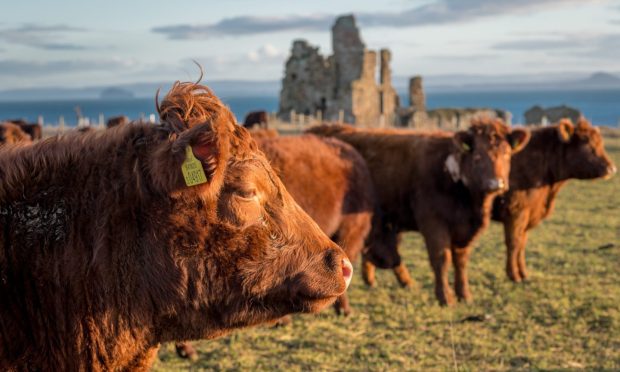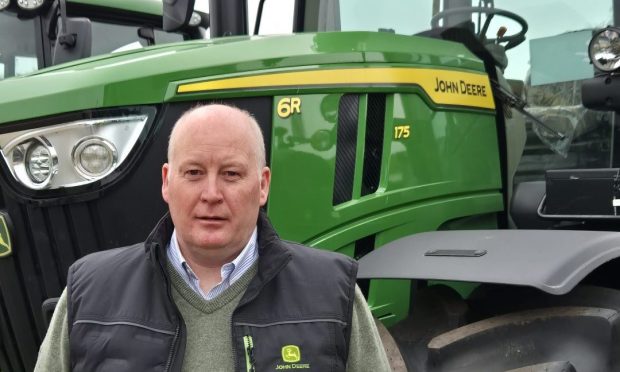A team of rural property consultants has called on Scottish farmers and landowners to take advantage of the growth in demand for forestry land.
Edinburgh-based Davidson & Robertson (D&R) say that with a Forestry and Land Management Bill newly introduced at Holyrood and new Scottish Government targets and grants for tree planting, now is the time to seriously consider forestry.
The company reports increased demand for land that is available for planting and says it has recently handled the sale of 1600 acres in Dumfries and Galloway and 780 acres in Northumberland which is destined for forestry.
The trend appears to confirm the new wave of forestry interest highlighted by the Scottish Tenant Farmers Association (STFA) last week when it raised concern that tenant farmers were being evicted from farms to make way for trees.
D&R forestry manager, Iain Kyle pointed to tax benefits, the thriving market for timber and forest products and the potential to increase land values as reasons to turn land over to trees.
“Whilst not all agricultural land is suitable or economic to plant, it is worth farmers and landowners assessing the opportunities both in terms of its earning capacity and long term asset value. Certain types of land, including land which can be classed as ‘middle-hill’ – land which is not too rocky or too steep and importantly does not have more than 40-50cm worth of peat – or some marginal grazing land, can achieve values over and above agricultural value when selling for forestry purposes,” he said.
“Many farmers and landowners are unfamiliar with the management requirements of forestry, be it new plantations or small farm woodlands. It is well worth seeking professional advice to ensure maximum benefits from woodlands and to take advantage of any grant opportunities.”
Mr Kyle said consideration had to be given to future land values and to practical matters such as planting and harvesting of the site. And he added that options for managing existing farm scale woodland to benefit from biomass and firewood markets should also be explored.
nnicolson@thecourier.co.uk
